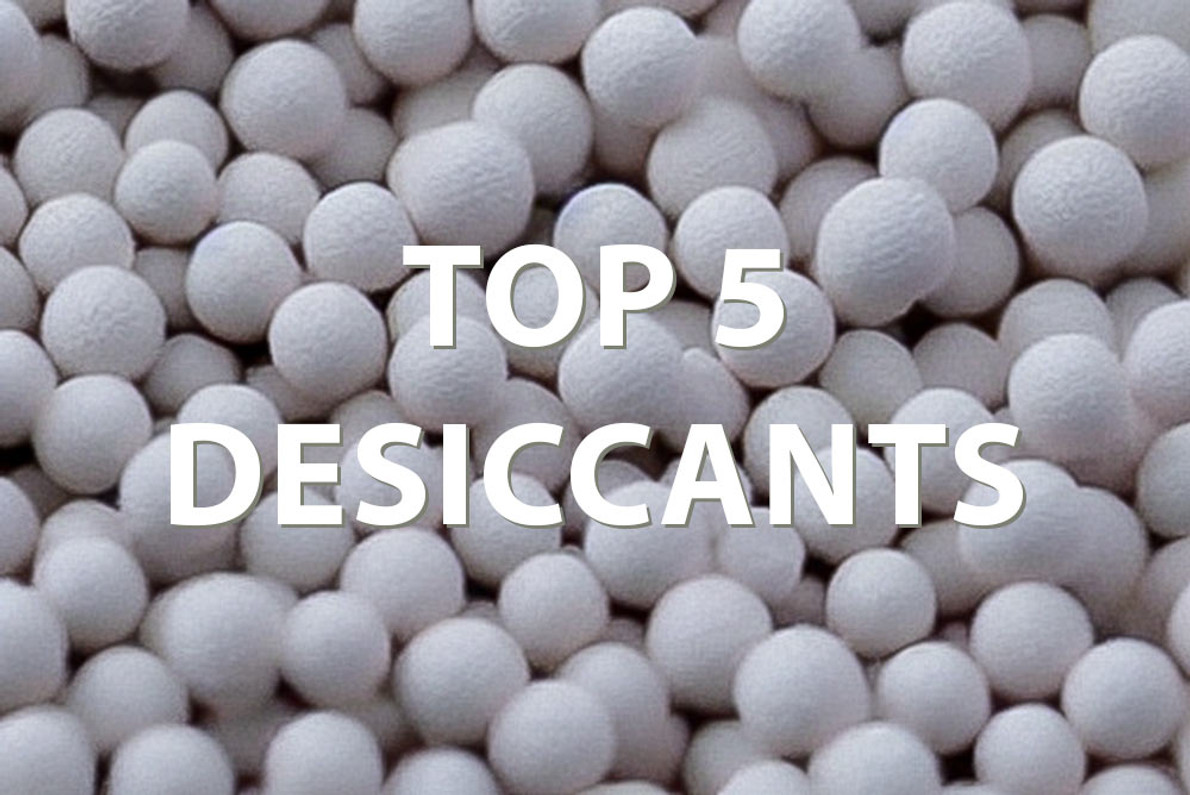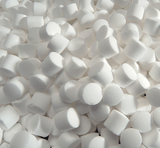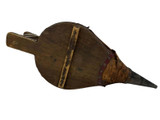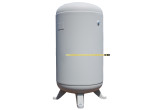Top Five Desiccants for Drying Compressed Air
Desiccants are used to remove moisture from compressed air systems. They are commonly used in a variety of industrial and commercial applications to ensure that the air being used is dry and free of water vapor, which can cause corrosion and other problems.
There are many types of desiccants available on the market, each with its own unique properties and characteristics. Here are the top five desiccants for drying compressed air in order of drying efficiency from best to least efficient.
- Molecular Sieve desiccant: Molecular sieve desiccant is a highly efficient and effective type of desiccant that is made from tiny beads of porous material. These beads have a very high surface area, which allows them to adsorb large amounts of moisture from the air. Molecular sieve desiccant is particularly effective at removing water vapor and other small molecules from the air, making it an excellent choice for drying compressed air systems. We ship a lot of Molecular Sieve 13X 8x12 mesh desiccant as it's a popular grade and size.
- Silica Gel desiccant: Silica gel is a type of desiccant that is made from a porous, glass-like material. It has a very high surface area and is highly effective at adsorbing moisture from the air. Silica gel desiccant is often used in compressed air systems due to its high efficiency and effectiveness.
- Activated alumina desiccant: Activated alumina is a type of desiccant that is made from aluminum oxide and has a highly porous structure. It is highly effective at adsorbing moisture from the air and is often used in compressed air systems due to its high efficiency and effectiveness.
- Clay desiccant: Clay desiccant is a type of desiccant that is made from naturally occurring clay minerals. It has a high surface area and is effective at adsorbing moisture from the air. However, it is not as efficient as some other types of desiccants, such as molecular sieve or silica gel.
- Van Air Dry-O-Lite desiccant: Van Air Dry-O-Lite is a type of desiccant that is made from a proprietary blend of materials. It has a high surface area and is effective at adsorbing moisture from the air. A benefit of Dry-O-Lite desiccant is that it slowly dissolves and does not need to be disposed of. However, it's not as efficient as some other types of desiccants, such as molecular sieve or silica gel.
To dryly sum things up, molecular sieve desiccant is the most efficient and effective type of desiccant for drying compressed air systems. It's followed by silica gel, activated alumina, clay, and Van Air Dry-O-Lite in terms of drying efficiency. It's important to choose the right type of compressed air desiccant for your specific application to make sure that your compressed air system is free of moisture and operates efficiently. Feel free to contact us to determine the correct desiccant for your compressed air dryer and application.
Recent Posts
-
The Resurgence of Natural Gas Deliquescent Dryers and Desiccants in 2025
How emission-free deliquescent desiccant technology is paving the way for greener operations and low …Jan 06, 2025 -
The Origins and Evolution of Compressed Air Technology
Compressed air, often referred to as the "fourth utility" alongside water, electricity, and natural …Jun 28, 2024 -
Popular Sizes of Vertical Air Receiver Tanks
Sizing and deciding on the best air receiver tank for your compressed air application can be conf …May 05, 2024




